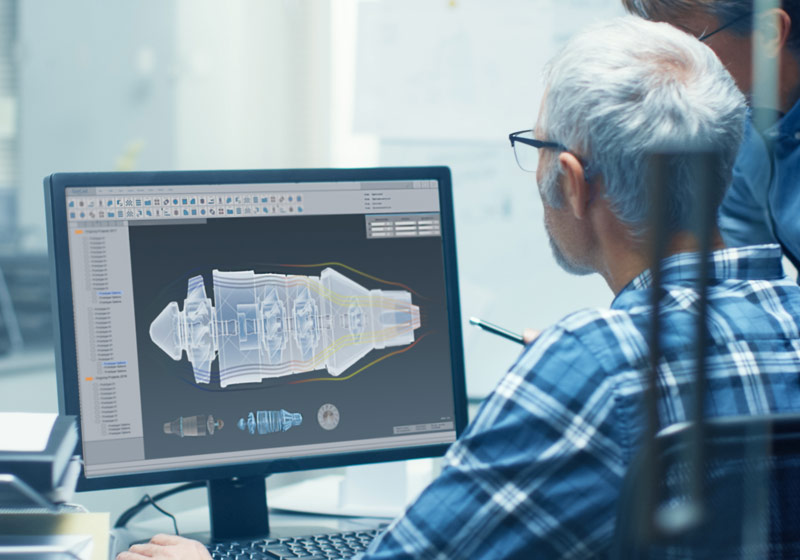The Need for Speed in Combat Intelligence
In today’s data-saturated battlespace, commanders depend on fast, reliable insight. Yet, traditional after-action analysis still relies on human analysts manually reviewing hours of drone footage, satellite imagery, and field reports. These manual workflows delay mission feedback by days, sometimes weeks—costing critical response time on the battlefield.
AI damage assessment systems close that gap. By combining computer vision and machine learning, they automatically process post-strike visuals, detect damage, and provide quantified results—turning raw combat footage into actionable intelligence within hours.
How AI Damage Assessment Works
Modern AI damage assessment models use advanced object detection and change-detection algorithms to analyze pre- and post-strike imagery.
Key Capabilities:
Multi-sensor fusion: Integrates visual, infrared, and radar imagery for accurate results in any environment.
Automated damage classification: Grades destruction levels using standardized military metrics like JMEM.
Geolocation precision: Links assessment data to exact coordinates for mission follow-up.
Temporal tracking: Distinguishes between new battle damage and older structural wear.
The result: near-real-time battle damage assessment that improves accuracy by 30–50% and reduces analysis time by up to 90%.
Operational Impact
AI-powered damage assessment gives defense teams tactical agility:
Immediate situational awareness during active operations.
Quantified performance feedback on weapons and strike accuracy.
Reduced analyst workload by 60–80%.
Fewer redundant strikes through better verification.
For commanders, this means decisions can now be made in hours—not days—supported by consistent, data-driven confidence scores.
Integration and Security
These AI systems integrate directly with military intelligence networks such as DCGS and NGA platforms, ensuring compatibility with classified environments. They comply with ITAR, CMMC, and DoD cybersecurity frameworks, with full audit trails, data encryption, and cross-domain security.
Future Outlook
The next wave of combat analysis will merge AI with digital twins, autonomous self-assessment drones, and predictive damage modeling—offering even faster, multi-domain situational awareness. Integration with quantum computing and AGI-based reasoning will further enhance precision and speed.
Conclusion
AI-assisted damage assessment is redefining how military organizations conduct after-action analysis. It blends computer vision accuracy with real-time decision intelligence, ensuring faster insights, optimized operations, and enhanced battlefield awareness.
Defense organizations adopting this capability today gain a decisive advantage in both mission tempo and operational efficiency—turning imagery into intelligence faster than ever before.



